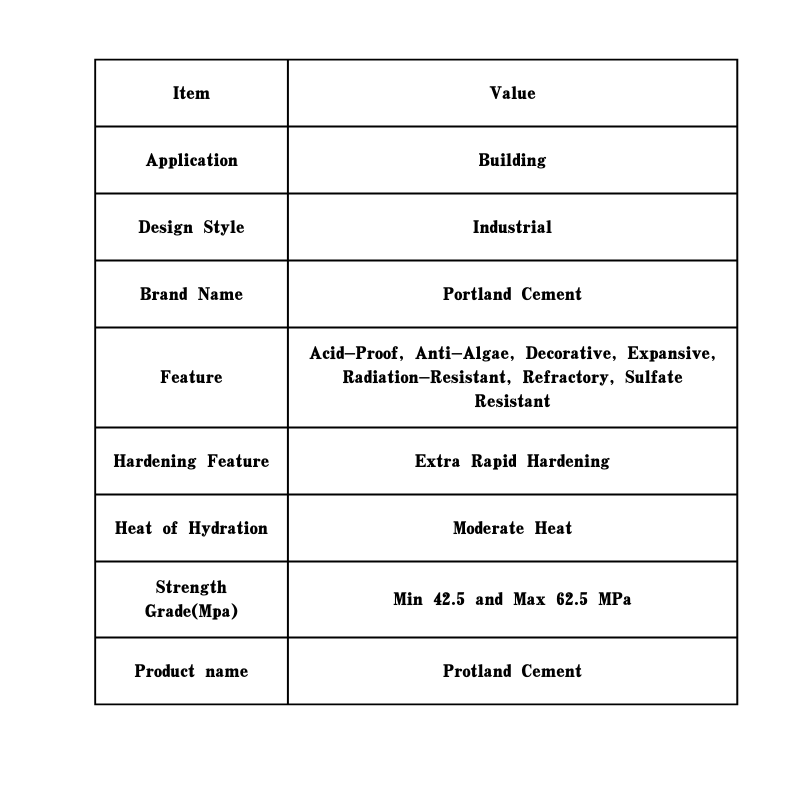
fly ash feeding system
Fly Ash Feeding System An Overview
Fly ash, a byproduct of coal combustion in power plants, has emerged as a critical material in various industrial applications, particularly in construction and cement manufacturing. The effective handling and feeding of fly ash into production processes is essential for maximizing its benefits and ensuring operational efficiency. This article explores the significance, components, and advantages of a reliable fly ash feeding system.
Significance of Fly Ash
Fly ash is rich in silica, alumina, and iron, which makes it an excellent pozzolanic material. When mixed with lime and water, it reacts to form compounds that contribute to the strength and durability of concrete. As sustainability becomes a focal point in construction, utilizing fly ash not only helps in reducing waste but also enhances the properties of concrete, leading to more sustainable building practices.
Components of a Fly Ash Feeding System
A fly ash feeding system typically consists of several key components designed to transport, store, and feed fly ash efficiently
1. Storage Silos These provide a designated space for storing bulk quantities of fly ash. Silos are designed to prevent contamination and to ensure that the ash remains dry and free-flowing.
2. Conveyors Different types of conveyors—belt, screw, or pneumatic—are used to transport fly ash from the storage silo to the production facility. The choice of conveyor depends on the distance, volume, and handling requirements of the ash.
3. Feeders Various feeder systems, such as vibratory feeders, rotary valves, or loss-in-weight feeders, regulate the flow of fly ash into the mixing process. These devices ensure a consistent and controlled feed rate, crucial for maintaining product quality.
4. Dust Collection Systems Given that fly ash can be hazardous when airborne, effective dust collection systems are necessary to maintain a safe working environment. These systems capture any dust generated during the handling process, protecting both workers and the surrounding environment.
fly ash feeding system

5. Control Systems Automated control systems are essential for monitoring and adjusting the operation of the feeding system. Sensors and software can track the quantity of fly ash being fed and make adjustments to optimize the process.
Advantages of a Reliable Fly Ash Feeding System
Implementing a reliable fly ash feeding system offers several benefits, including
- Enhanced Efficiency A well-designed feeding system ensures that fly ash is handled and fed without delays, increasing overall productivity.
- Improved Quality Control Consistent feeding rates lead to more uniform mixtures, which are crucial for maintaining the quality of concrete.
- Environmental Sustainability By effectively utilizing fly ash, companies can reduce their carbon footprint and promote recycling of industrial byproducts.
- Cost Savings Utilizing fly ash as a partial substitute for cement can lower material costs while improving performance metrics.
Conclusion
In summary, a well-structured fly ash feeding system is integral to the efficient utilization of fly ash in various industries, particularly construction. By ensuring safe, reliable, and effective handling of fly ash, companies can contribute to sustainable practices while enhancing their operational efficiency and product quality. Embracing modern technologies and automation in feeding systems can pave the way for a greener and more productive future in manufacturing and construction.
Share
-
Premium Talcum Powder Enhanced with GPT-4 Turbo | Soft & Long-LastingNewsAug.02,2025
-
Fly Ash Solutions Enhanced by GPT-4 Turbo | Sustainable InnovationNewsAug.01,2025
-
Natural Premium Bentonite Cat Litter - Superior ClumpingNewsJul.31,2025
-
Premium Resin Coated Sand - High Heat Resistance CastingNewsJul.31,2025
-
High Quality Silicon Carbide Grit for Abrasive ApplicationsNewsJul.30,2025
-
High-Quality Ceramsite for Plants & Gardening | Lightweight PebblesNewsJul.29,2025






